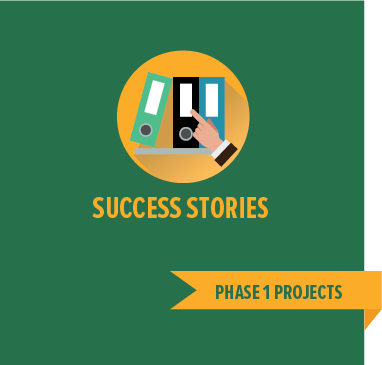| Getting your Trinity Audio player ready... |
Preamble
Smallholder farmers in Uganda and Kenya produce a variety of fruits, traditional and exotic vegetables, spices, and herbs that have unique nutritional, nutraceutical and functional properties. However, the value derived from these crops is limited due to postharvest losses, seasonal production, limited value addition and market access problems. Developing and applying affordable food preservation technologies could reduce postharvest losses by up to 68%. Additionally, food preservation by drying not only prolongs shelf life, but it also minimizes storage, transportation and packaging costs. While a variety of drying techniques exist, each differ in drying speed, energy efficiency, product quality, costs, and technological simplicity. Technologies that apply high temperatures in their processes lead to food discolouration, loss of flavour, and decreased nutrients and bioactive compounds. This project is developing a heat drying technology that is affordable yet yields high quality products, even from heat sensitive materials.
Technology
Refractance window drying technology (RWDT) uses heat to dry fruits and vegetables, while maintaining the nutritive qualities. With RWDT, liquid foods, purees or slices are dried on one side of a thin plastic film, whose other side is in close contact with hot water at temperatures below boiling point. The plastic film, usually in the form of a conveyer, is susceptible to infrared radiation, therefore allowing thermal energy to be transferred from the water to the food. Transmission of infrared radiation stops when the food is dry, and the product scraped off the conveyor. The temperature of the product remains relatively low during drying, resulting in better quality retention due to reduced moisture content and inhibited microbial growth. The heated water is recycled, further improving thermal efficiency of the system.
Project partners
- Makerere University (MAK), Uganda
- Jomo Kenyatta University of Agriculture and Technology (JKUAT), Kenya
- Kenya Industrial Research and Development Institute (KIRDI), Kenya
- TONNET Agro-engineering company Limited, Uganda
- East Africa Nutraceuticals Ltd (EAN), Kenya
- Food and Nutrition Solutions Ltd (FONUS), Uganda
- Ministry of Trade, Industry and Cooperatives, Uganda
Project leader
Prof John Muyonga – Makerere University (MAK), Uganda


